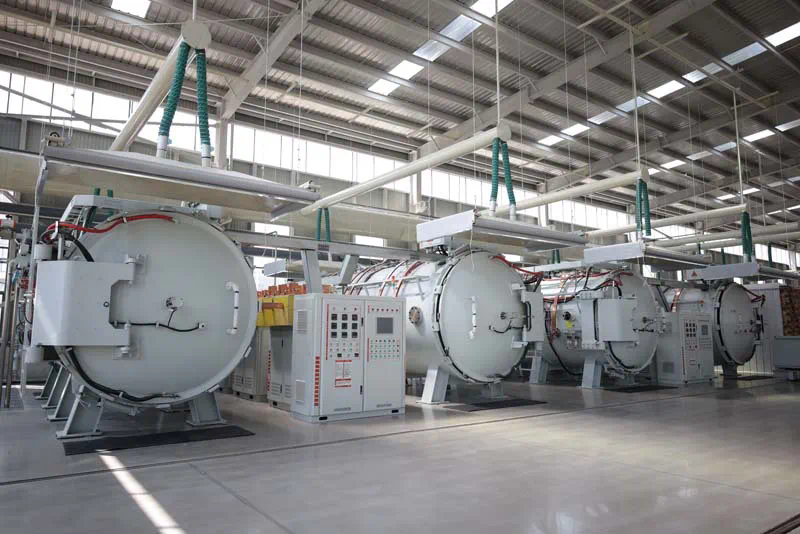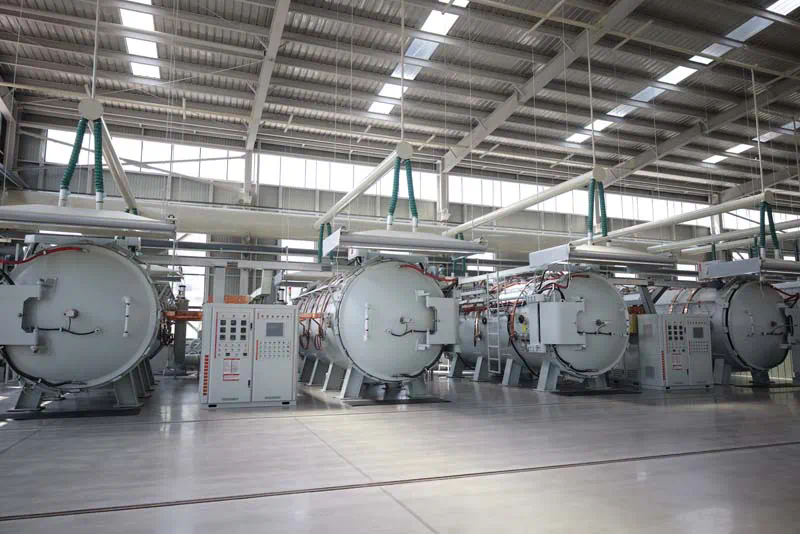Silicon Carbide Beams for Structural Support in High-Temperature Environments
Silicon Carbide Beams for Structural Support in High-Temperature Environments
Silicon carbide (SiC) has emerged as a revolutionary material in the field of engineering, particularly for applications requiring structural support in high-temperature environments. Renowned for its remarkable thermal stability, high strength, and excellent resistance to oxidation, SiC beams are becoming increasingly vital in industries such as aerospace, automotive, and energy production. This article delves into the properties, manufacturing processes, applications, and future prospects of silicon carbide beams, providing a comprehensive overview of their significance in modern engineering.
Understanding Silicon Carbide

Silicon carbide is a compound of silicon and carbon, possessing a crystalline structure that endows it with exceptional mechanical properties. The material exhibits high hardness, making it suitable for applications where wear resistance is crucial. Additionally, SiC’s high thermal conductivity allows for efficient heat dissipation, which is particularly beneficial in high-temperature scenarios.
The unique properties of silicon carbide stem from its strong covalent bonds, which contribute to its ability to withstand extreme temperatures and aggressive chemical environments. With a melting point exceeding 2,700 degrees Celsius, silicon carbide crucible for sale SiC can maintain structural integrity in conditions that would compromise many other materials.
Key Properties of Silicon Carbide Beams
1. Thermal Stability
One of the standout features of silicon carbide beams is their thermal stability. In applications where conventional materials might deform or degrade, SiC beams retain their shape and strength. This characteristic is essential in industries such as aerospace, where components are subjected to both extreme temperatures and mechanical stresses.
2. Mechanical Strength

Silicon carbide boasts superior mechanical strength compared to traditional materials like aluminum or steel. This property allows engineers to design lighter structures without compromising performance. The lightweight nature of SiC beams contributes to fuel efficiency in automotive and aerospace applications.
3. Corrosion Resistance
In high-temperature environments, materials often face exposure to corrosive agents. Silicon carbide’s inherent chemical resistance makes it an ideal choice for components in harsh environments, such as those found in chemical processing plants or power generation facilities.

4. Low Thermal Expansion Coefficient
SiC has a low coefficient of thermal expansion, meaning it undergoes minimal dimensional changes with temperature fluctuations. This stability is critical in applications where precision is paramount, such as in space exploration or high-performance machinery.
Manufacturing Processes for Silicon Carbide Beams
The fabrication of silicon carbide beams involves advanced manufacturing techniques that ensure the integrity and performance of the final product.
1. Sintering
Sintering is a common method used to produce silicon carbide components. In this process, SiC powder is compacted and heated to a temperature below its melting point, allowing particles to bond together. The result is a dense material with improved mechanical properties.
2. Reactive Sintering
Reactive sintering involves the addition of silicon and carbon sources during the sintering process. This method enhances the formation of SiC and improves the material’s overall performance. Reactive sintering is particularly useful for producing complex shapes and larger components.
3. Hot Pressing
Hot pressing combines high temperature and pressure to consolidate SiC powder into dense beams. This technique allows for better control over the microstructure, resulting in improved mechanical properties. Hot-pressed SiC beams exhibit higher strength and reliability, making them suitable for demanding applications.
4. Chemical Vapor Deposition (CVD)
CVD is a technique that deposits a thin layer of silicon carbide onto a substrate. This method is valuable for creating coatings on existing structures, enhancing their thermal and corrosion resistance. CVD SiC layers provide an additional protective barrier, extending the lifespan of components exposed to extreme conditions.
Applications of Silicon Carbide Beams
The versatility of silicon carbide beams enables their use across various industries, each benefiting from the material’s unique properties.
1. Aerospace
In the aerospace industry, SiC beams are utilized in engine components, structural supports, and thermal protection systems. Their ability to withstand extreme temperatures and stresses makes them ideal for aircraft and spacecraft applications, where reliability is crucial.
2. Automotive
The automotive sector leverages silicon carbide for components that require high strength-to-weight ratios. SiC beams are employed in electric vehicle batteries, power electronics, and lightweight structural elements, contributing to enhanced performance and efficiency.
3. Energy Production
Silicon carbide is gaining traction in energy production applications, especially in nuclear and renewable energy sectors. SiC’s resistance to radiation and high temperatures makes it suitable for use in reactors and solar energy systems, where durability and safety are paramount.
4. Electronics
With the rise of high-power electronics, silicon carbide is becoming increasingly important. SiC beams are used in power devices and circuit boards, providing thermal management solutions that improve overall system efficiency and reliability.
Future Prospects of Silicon Carbide Beams
As technology continues to advance, the demand for materials capable of performing in extreme conditions will only grow. Silicon carbide beams are poised to play a significant role in this evolution. Ongoing research aims to enhance their properties further, exploring ways to improve their manufacturing processes and broaden their applications.
1. Enhanced Material Properties
Researchers are investigating methods to improve the mechanical properties of silicon carbide through advanced doping techniques and composite formulations. These innovations could lead to even stronger and more resilient SiC beams, expanding their usability across various fields.
2. Integration with Other Materials
Combining silicon carbide with other materials, such as metals or polymers, may yield hybrid structures that leverage the strengths of each component. Such composites could provide tailored solutions for specific applications, enhancing overall performance while maintaining weight efficiency.
3. Broader Applications
As industries evolve, new applications for silicon carbide beams will likely emerge. The growth of the electric vehicle market, advancements in renewable energy technologies, and the need for more efficient electronic devices suggest a bright future for SiC in various sectors.
4. Sustainability Considerations
With increasing awareness of environmental sustainability, researchers are exploring eco-friendly manufacturing processes for silicon carbide. Developing methods that minimize energy consumption and waste during production will not only benefit the environment but also reduce costs for manufacturers.
Conclusion
Silicon carbide beams represent a significant advancement in materials science, offering unparalleled performance in high-temperature environments. Their unique properties make them indispensable in industries demanding reliability and efficiency. As manufacturing techniques evolve and new applications are discovered, silicon carbide’s role in structural support will undoubtedly expand, paving the way for innovations that enhance safety, performance, and sustainability.
The journey towards understanding and utilizing silicon carbide beams is ongoing. Continued research and development will unlock further potential in this remarkable material, ensuring it remains at the forefront of engineering solutions for years to come.
https://flycatcoo.com/

